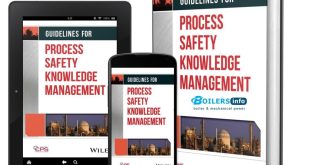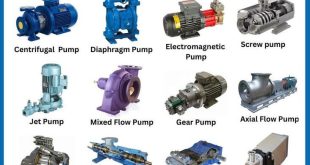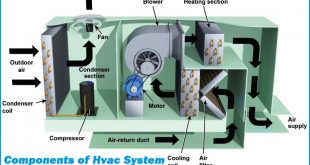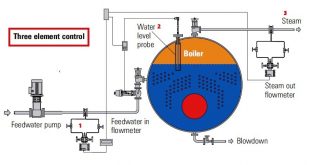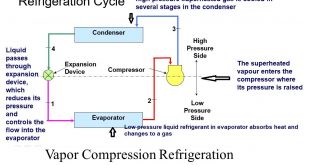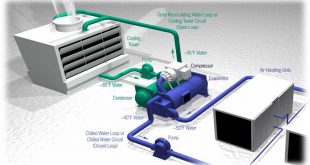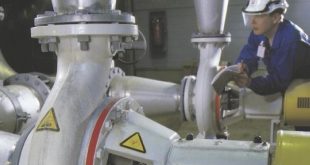Guidelines for Process Safety Knowledge Management by CCPS (Center for Chemical Process Safety). This book contains guidelines for companies to improve their process safety performance through the implementation of a Process Safety Knowledge Management (PSKM) system. The characteristics of a PSKM system are defined and guidelines are shared on how to set up a PSKM system to improve overall Process …
Read More »Process Plant Utilities Articles
Classification and Types of Pumps
¨Pumps are divided into two fundamental types based on the manner in which they transmit energy to the pumped media: kinetic or positive displacement. Kinetic Displacement Pumps, a centrifugal force of the rotating element, called an impeller, “impels” kinetic energy to the fluid, moving the fluid from pump suction to the discharge. Positive Displacement Pumps use the reciprocating action of …
Read More »The Main Components of Hvac System
HVAC (Heating, Ventilation, and Air Conditioning) is an essential system for creating a comfortable indoor environment. HVAC systems are used in residential, commercial, and industrial buildings to control the temperature, humidity, and air quality of the indoor space. The main components of an HVAC system are the heating system, cooling system, ventilation system, and control system. In this blog post, …
Read More »Boiler Drum Level Feed Water Control Systems
The boiler drum is where water and steam are separated. Maintaining the correct boiler drum level is critical for the safe operation of a boiler. A low water level may uncover the water tubes exposing them to heat stress and damage and a High level may carry over water droplets exposing the steam turbines to damage. The level control problem …
Read More »Types of Refrigeration Cycles
There are 2 types of Refrigeration cycles: 1. Vapor Compression Cycle 2. Absorption Cycle Vapor Compression Cycle During the compression cycle, the refrigerant passes through four major components within the chiller. The evaporator, the compressor, the condenser, and a flow-metering device such as an expansion valve. The evaporator is the low-temperature (cooling) side of the system and the condenser is …
Read More »Types of Chiller and Refrigeration Cycles
A chiller is a machine that removes heat from a liquid via a vapor-compression or absorption refrigeration cycle. This liquid can then be circulated through a heat exchanger to cool air or equipment as required. Chiller is a compressor based equipment that cools and controls the temperature of a liquid unlike the air conditioners, which cools the air. Types of …
Read More »Positive Displacement Pumps types and operation
Positive displacement pumps operate on a different principle than centrifugal pumps. Positive displacement pumps physically entrap a quantity of liquid at the suction of the pump and push that quantity out the discharge of the pump. A positive displacement pump is one in which a definite volume of liquid is delivered for each cycle of pump operation. This volume is …
Read More »Centrifugal Pump Operation
Improper operation of centrifugal pumps can result in damage to the pump and loss of function of the system that the pump is installed in. It is helpful to know what conditions can lead to pump damage to allow better understanding of pump operating procedures and how the procedures aid the operator in avoiding pump damage. Many centrifugal pumps are …
Read More » Boilersinfo Boiler and Mechanical Power Digital Library
Boilersinfo Boiler and Mechanical Power Digital Library
